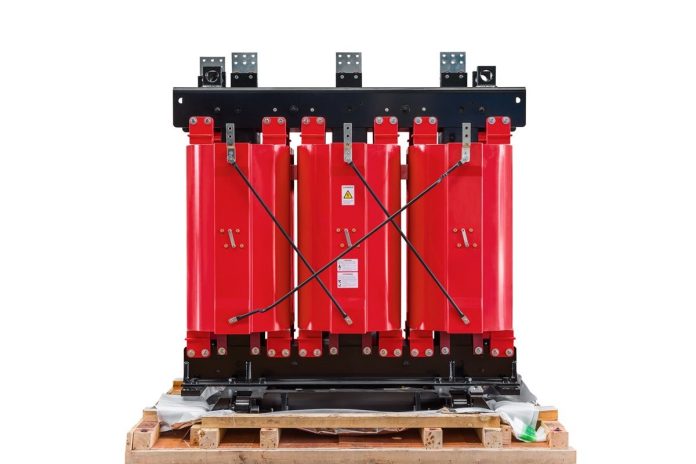Cast resin transformers are normally colloquially mentioned to as parched type transformers. Dry type transformers is known to be as one of the three common types of transformer assemblies, with the additional groups that has been the conservator and airtight fluid cloistered types.
Cast resin transformers, are specially made to get maintenance-free and ecologically friendly. Unlike old-style oil-filled modernisers, cast resin transformers apply epoxy resin to summarise the windings and essential, offering outstanding insulation and guard against dampness, powder, and pollutants.
Cast resin transformers are used for lessening kVA and Voltage apps as because they won’t be able to disperse heat rapidly enough for larger kVA and advanced Voltage varieties. They need less preservation and they come with predictable functioning time of roughly 20 years (depending upon model and producer). In contrast to fluid cloistered transformers, cast resin transformers are comparatively inexpensive to buying and inexpensive to maintain.
This 3D model shows the whole main components allied with a characteristic cast resin type transformer, such as:
- High Voltage Windings
- Low Voltage Windings
- Core
- Steel Laminations
- Frame
Introduction to the Product:
Resin of the Dry Type Cast During the manufacturing process of transformers, a high-grade insulating substance known as epoxy resin is used, and the windings are encased in this material. Through the process of hardening, this material will become the body of the transformer. Insulation is improved, durability is increased, and the danger of fire risks is reduced thanks to its remarkable qualities. This specific kind of transformer is well-known for its safety and dependability, especially in settings that need for a high degree of safety, such as high-rise buildings, hospitals, shopping malls, airports, and other such places.
These are like the cloistered transformers, which is very important crucial component in electricity power methods. Resin transformers are occupied with a complete fluid at times that characteristically mineral oil, that gives several determinations. Initially, the inside part does like the outstanding insulator, stopping all the electrical liberation or arcing. This safeguards the security and consistency of the transformer. Moreover, it even offers like the coolant, dispelling heat produced at the time of transformer’s process. When it comes to cast resin power transformers, it is of utmost significance to ensure that the equipment will last for its anticipated lifespan.
This may be accomplished in part by ensuring that the equipment receives enough cooling. In spite of the fact that mineral oils have historically been used as dielectric fluids (for the purposes of insulation and cooling), the idea of using natural and synthetic esters is now being investigated for reasons pertaining to both the environment and individual safety. On the other hand, these kinds of fluids have extremely high viscosities even when they are at low temperatures. This slows down the flow of these oils, which in turn slows down the pace at which heat is transferred from the interior to the environment. This results in temperature spots inside the apparatus. Both experimental and computational methods were used in this research project to investigate the thermal fluid behaviour of mineral oil and alternative oils when subjected to low temperatures.
Importance of choosing the right manufacturer
- The greatest option is to go with the vendors that have a substantial amount of stock in trade. Due to the fact that these vendors are able to satisfy your requirements whenever you want anything. Therefore, prior to choosing a certain provider, it is essential to investigate their credit history.
- Prices that are very high or extremely cheap are not always the best suppliers. Finding such suppliers whose product or service is a good match for the price that they want is a crucial step to take.
- Cast resin transformers manufacturers having good reputation will use tough quality control procedures throughout the whole production process. These steps will ensure that each transformer satisfies the standards and requirements that are prevalent in the industry. Additionally, they should be in possession of certificates and accreditations that demonstrate their unwavering commitment to quality management approaches.











